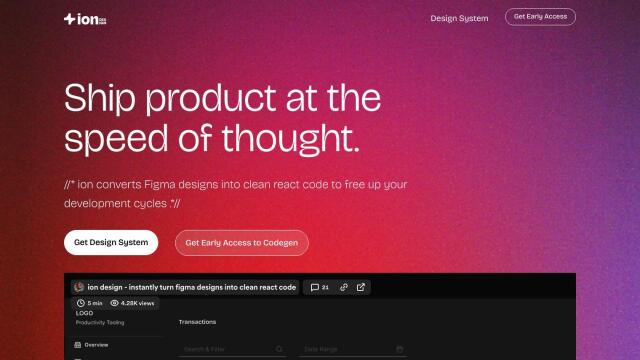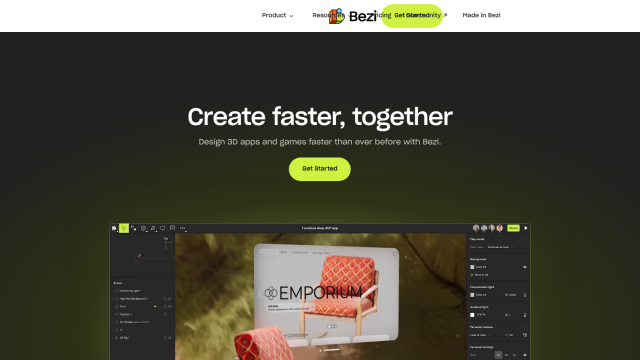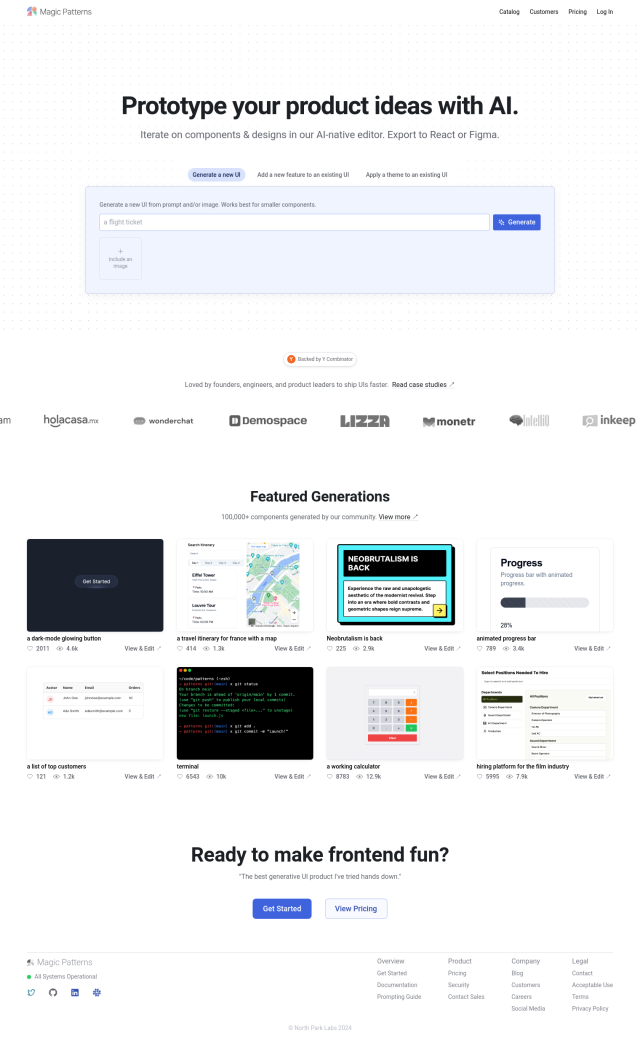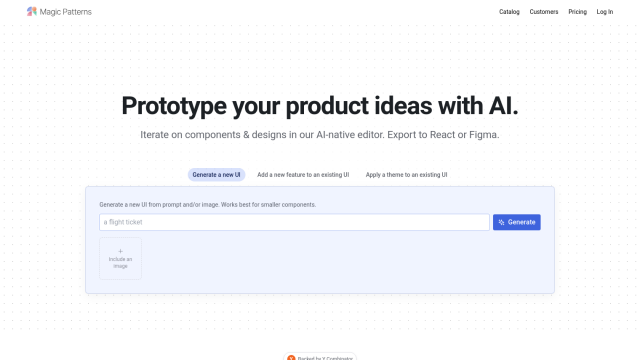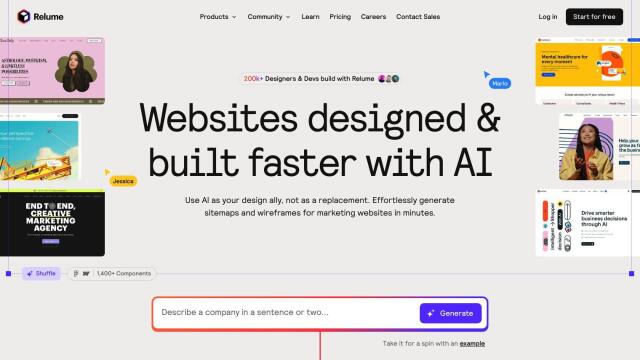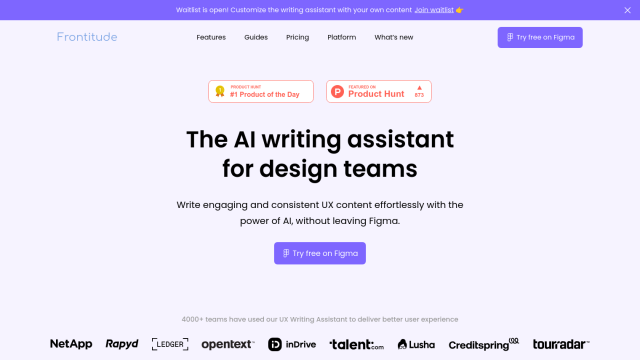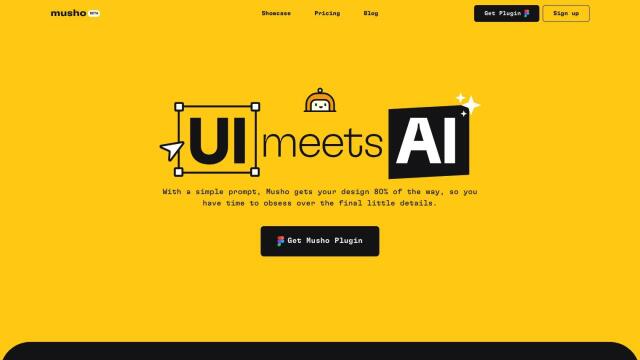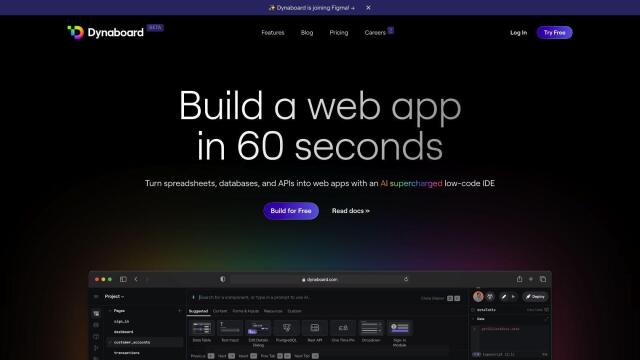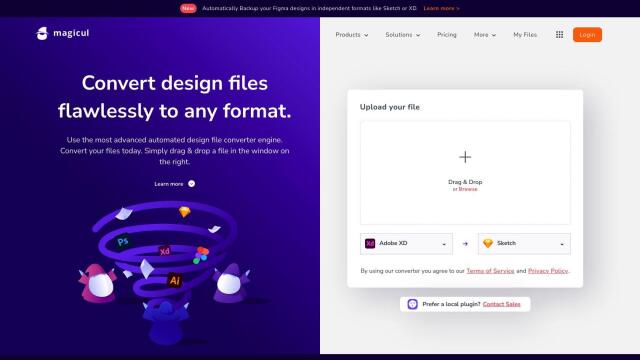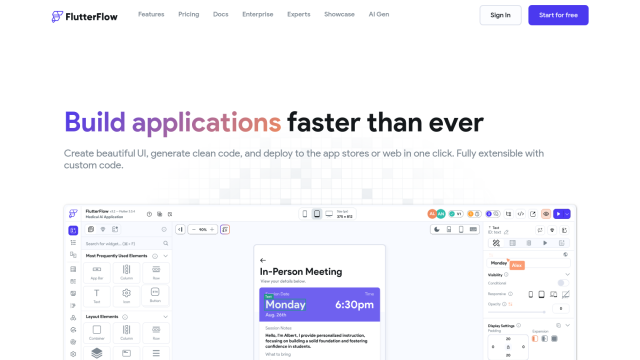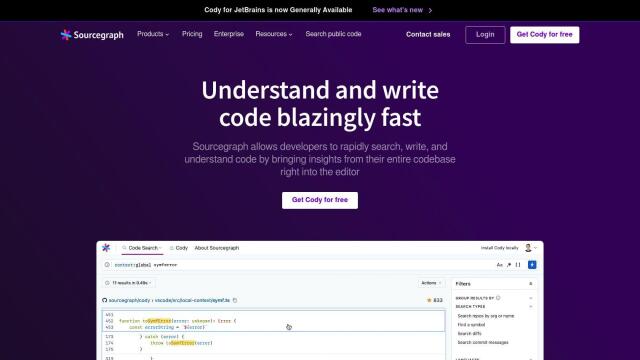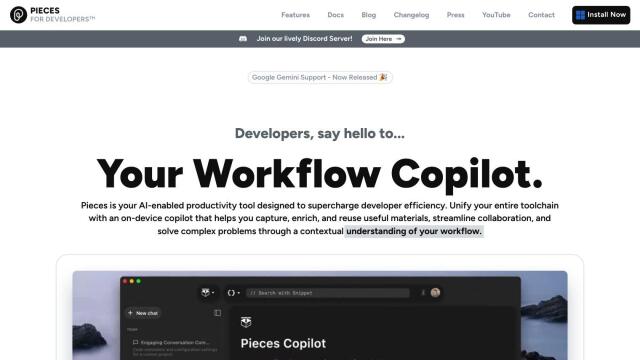Question: Can you recommend a platform that integrates Figma designs directly into the codebase, allowing for seamless collaboration?
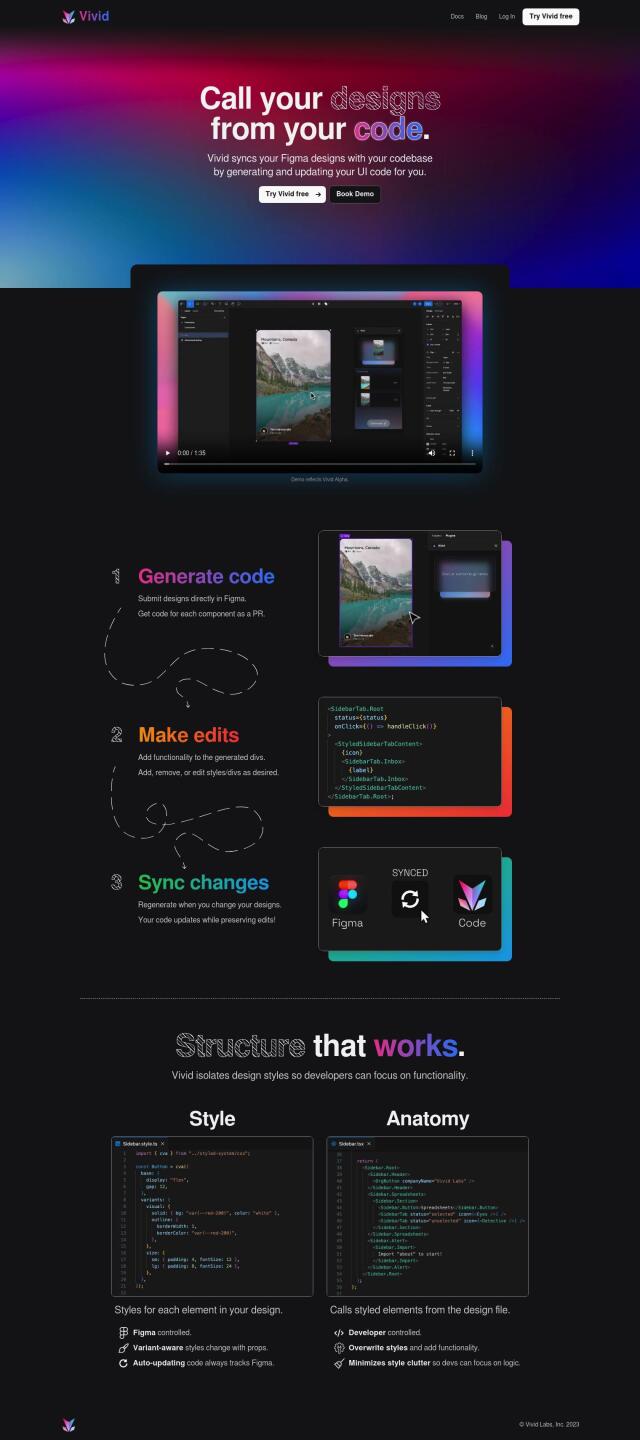
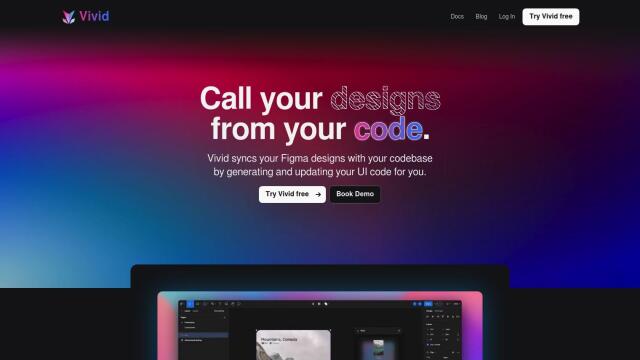
Vivid
If you want a platform that embeds Figma designs directly into your codebase so collaboration is automatic, Vivid is a good option. Vivid synchronizes Figma designs with your codebase, generating UI code and updating it as needed to keep everything in sync. It also tracks developer changes so you can focus on the business logic without worrying about the design. It's geared for teams with designers and developers working together on design and development projects.

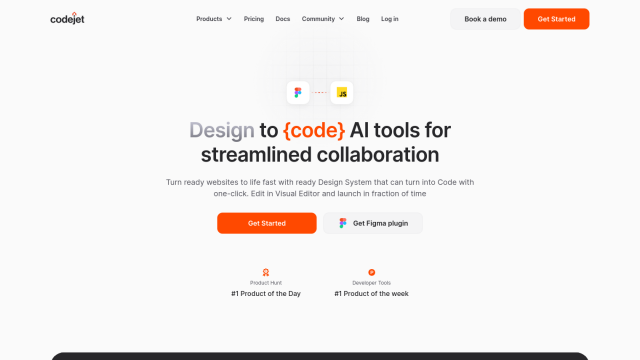
Codejet
Another option is Codejet. This service converts Figma designs into working code, with a centralized Design System and AI Code Generation. Its Visual Editor lets you fine-tune the generated code with a visual interface, and the Figma Plugin Assistant helps ensure compatibility. Codejet also lets you deploy websites with one click to your own domain or to its own workspace. That can help speed up development and get designers and developers working in sync.

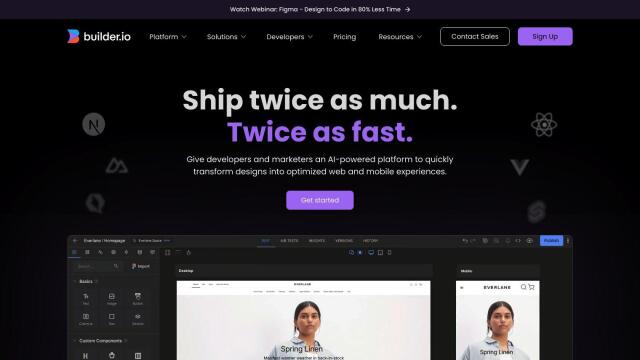
Builder.io
If you prefer a collection of tools that use AI to generate design-to-code conversions, Builder.io is a good option. It includes a Visual Copilot that fine-tunes AI-generated code based on your input, a drag-and-drop visual editor, and support for frameworks like React, Vue and Angular. Builder.io can speed up development, letting teams collaborate and build digital products faster.
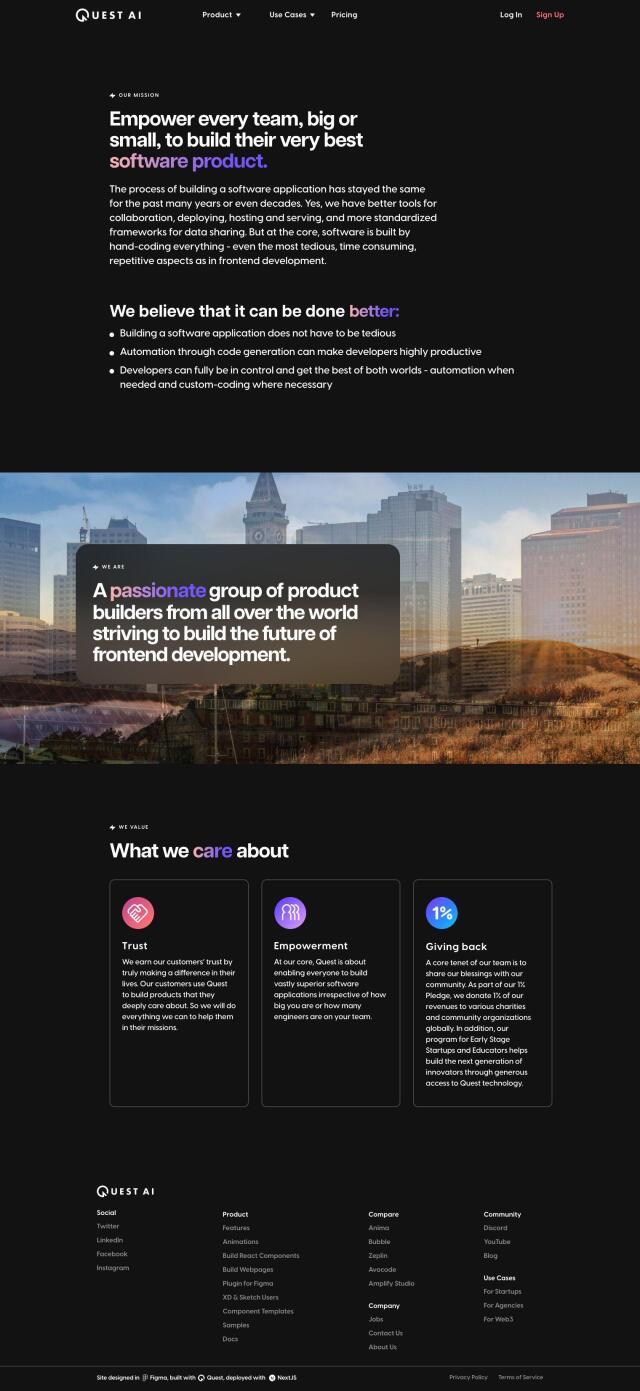
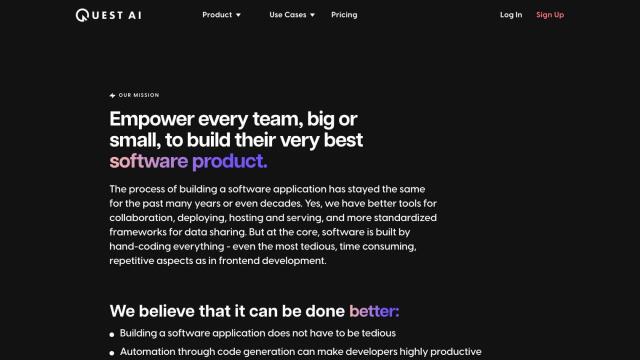
Quest
Last, Quest takes a more direct approach, converting Figma designs into React components. It uses AI models to produce clean, modular code and supports design systems and component libraries. Quest's tools are designed to help developers work together efficiently, so it's a good option if you want to embed Figma designs directly into your codebase.





